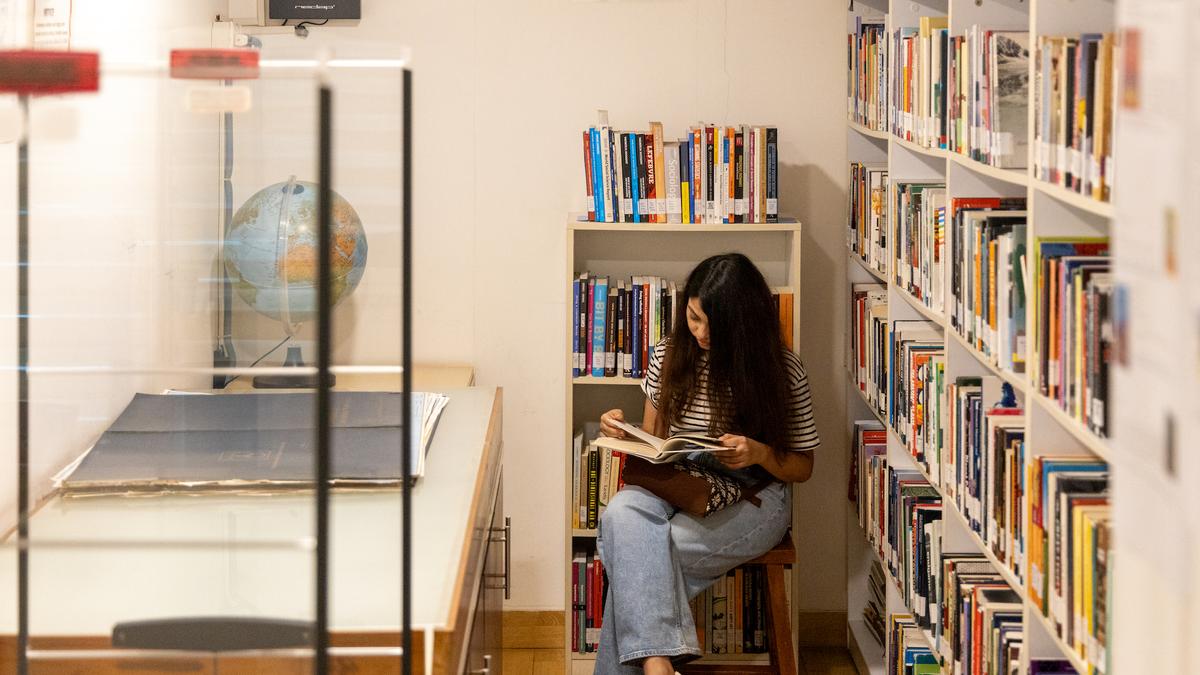
Why digitisation, AI is actually good for libraries, librarians Premium
The Hindu
AI tools are transforming libraries, digitizing collections, enhancing accessibility, and reshaping the role of librarians in the digital age.
Growing popularity of artificial intelligence tools is fundamentally changing the ways in which people search, retrieve and use information. Summaries of texts, detailed answers from specific perspectives and further references can be provided to some extent even through some freely available AI tools. While this has a major impact on education style and assessment, another area greatly impacted is that of libraries, putting to question what the task and evolving skill set of a librarian could be in such a context.
In the past two decades, especially, there has been a major push to digitise library and archival collections. One of the main reasons for this has been the preservation of valuable manuscripts, historical texts and artefacts.
For instance, in 2023, the Nehru Memorial Museum launched a project that is digitising the India House Collection of the National Mission for Manuscripts (NMM), comprising 40,000 books, reports, and periodicals (around 70 lakh pages), 55 lakh pages of archival documents, 30,000 microfilms, and 57,000 microfiches with approximately 2.5 crore images. Non-profit Servants of Knowledge has taken up the task of digitising over 11,700 books from Bangalore’s Gandhi Bhavan library.
Another reason for digitisation is improved accessibility. The Ministry of Education funded the development of the National Digital Library by IIT Kharagpur which was launched in 2018. This is one of the biggest available databases in India with over 4.6 crore books.
Similarly, several institutes have or are in the process of adding their entire collections to the repositories for wide reach. In November 2024, the government approved of the ‘One Nation One Subscription’ scheme which aims to provide equitable access to scholarly journals across public institutions.
Instead of viewing these efforts as a challenge, some hope that with increasing digitisation and use of AI thrown in the mix, libraries will get a much needed revamp. “It is true that the footfall to libraries has considerably fallen. At the library where I work, only some years ago there would be approximately 1 lakh visitors whereas now there are only about 30,000,” says Dr Mohan Kherde, President of Indian Library Association. “On the contrary, our online library is accessed by people from over 50 countries with over 8 to 10 lakh visitors.”
As of July 2024, India had a total of 46,746 public libraries across states and union territories. The Raja Rammohun Roy Library Foundation (RRRLF) under the Ministry of Culture has offered schemes for modernisation of over 1,500 libraries between 2019 and 2024. This scheme opens the scope for these libraries to get required technology, from a system and internet to library management software and development of web services. Under the National Library Mission, the government has released over ₹ 40 crore to various selected libraries for their ‘upgradation of technology and modernisation of services’.

 Run 3 Space | Play Space Running Game
Run 3 Space | Play Space Running Game Traffic Jam 3D | Online Racing Game
Traffic Jam 3D | Online Racing Game Duck Hunt | Play Old Classic Game
Duck Hunt | Play Old Classic Game











